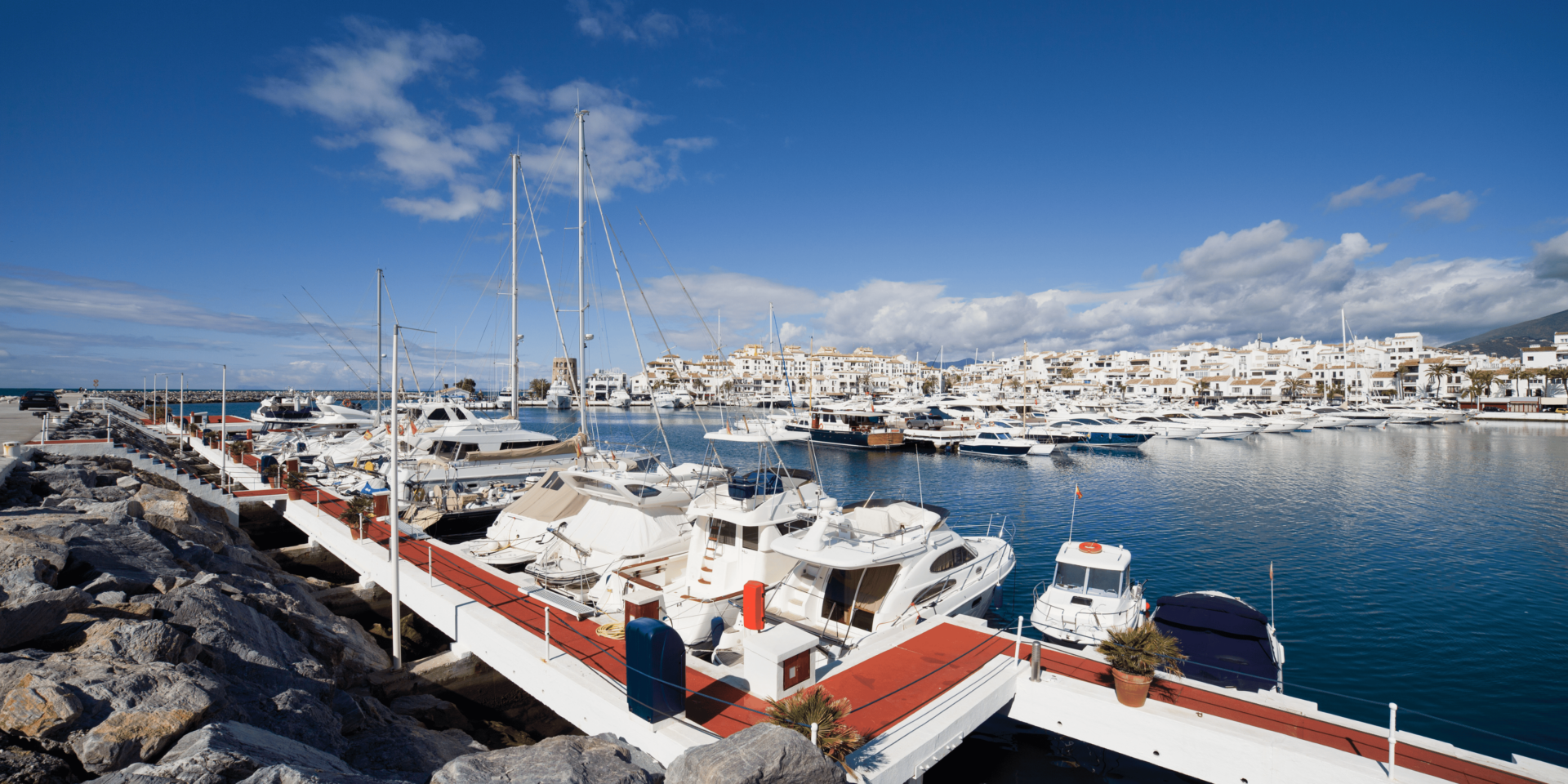Coastal Inspiration Shapes Modern Luxury Design
Luxury brands increasingly draw inspiration from coastal environments. The movement of water, texture of sand, and quality of light influence product development. These natural elements set the foundation for collections that reflect simplicity, elegance, and regional identity.
Material Selection Reflects Coastal Elements
Designers working with coastal themes often choose materials that mirror the shoreline. Woven fibers, smooth ceramics, and bleached woods evoke the beach without imitation. In a realistic setting, a design team sources materials that reflect the surroundings of their coastal studio.
Craftsmanship Translates Environment into Detail
Luxury relies on fine craftsmanship to carry the story of place into finished products. Makers apply coastal influences to stitching, carving, and finishing techniques. The result is a product that speaks to location while maintaining quality.
Color Palettes Capture the Coastal Mood
Muted tones dominate the coastal luxury aesthetic. Designers often work with off-whites, warm neutrals, deep blues, and earthy browns. These shades create a sense of calm and connection to the environment. They also age well, reinforcing the value of timeless design.
Functionality Aligns with Lifestyle
Products designed with coastal luxury in mind serve specific needs. Lightweight fabrics, weather-resistant materials, and flexible forms meet the demands of beachside living. Luxury in this context means function refined by comfort and aesthetics.
Local Culture Adds Depth to Product Stories
Designers integrate local culture to enhance authenticity. This might involve working with regional artisans or referencing native patterns and architecture. These connections deepen the product narrative, making each item feel rooted in a specific place.
Showroom Presentation Reflects the Source
Luxury retailers now design showrooms to reflect the origin of their products. Spaces often feature open layouts, natural lighting, and coastal textures. This alignment between setting and display helps customers feel the atmosphere of the coast during the buying experience.
Brand Positioning Embraces Regional Identity
Brands that emphasize their coastal origins stand out in a global market. Instead of chasing trends, they lead with story. This clear identity helps them attract a loyal audience seeking more than just a product—they seek a lifestyle aligned with their values.
Sustainability Supports Long-Term Value
Coastal luxury often includes sustainable practices. Brands reduce waste, use renewable materials, and avoid overproduction. These choices reflect the respect for nature inherent in coastal living and appeal to buyers who prioritize environmental responsibility.
Coastal Luxury Begins with a Sense of Place
From shoreline to showroom, the journey of coastal luxury begins with environment. Designers, artisans, and brands translate location into form, texture, and mood. This connection grounds the products in something real, offering buyers not just beauty, but meaning.

